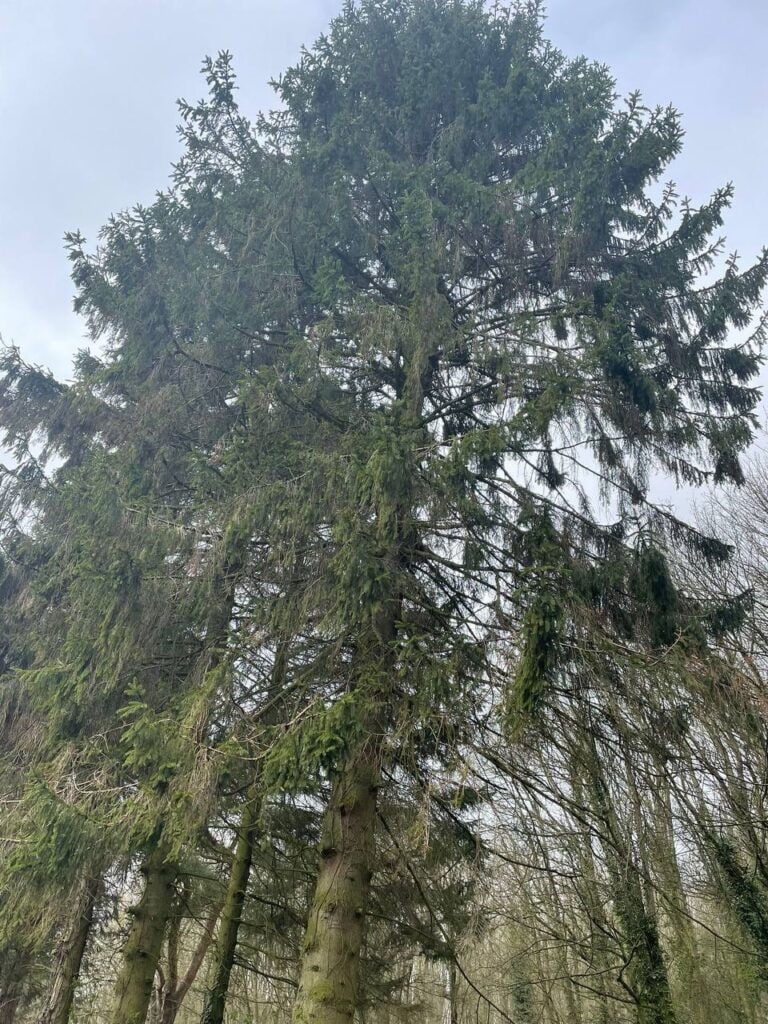Pruning is an essential part of tree care, but many homeowners and gardeners are often unsure about its true impact on tree growth. One common question we hear is whether pruning trees actually makes them grow faster. At Whitstable Tree Surgeons, we understand the importance of proper tree care and are here to provide you with expert insights into how pruning affects tree growth, as well as when and why it’s necessary.
In this blog post, we’ll explain the science behind tree pruning, address whether it leads to faster growth, and help you understand the benefits of regular pruning for the health and longevity of your trees.
What is Pruning and Why is it Done?
Pruning involves the selective removal of specific parts of a tree, such as branches, stems, or roots, with the goal of improving the tree’s structure, health, and appearance. There are several reasons why tree pruning is done:
- Improving tree health: Removing dead, diseased, or damaged branches prevents the spread of disease and promotes healthier growth.
- Encouraging proper growth: Pruning can help control the shape and size of a tree, ensuring it grows in the desired direction.
- Enhancing safety: Pruning can remove dangerous branches that may pose a risk of falling, especially near buildings or pathways.
- Increasing fruit production: For fruit trees, pruning encourages more productive growth by improving sunlight penetration and air circulation.
By carrying out these tasks, tree surgeons can help trees grow stronger, healthier, and more resilient over time.
Does Pruning Make Trees Grow Faster?
1. The Science Behind Pruning and Growth
The idea that pruning makes trees grow faster can be somewhat misleading. Pruning does not directly increase the overall growth rate of a tree, but it can encourage more focused, healthy growth in certain situations. When a tree is pruned, the energy that would normally go into growing the removed branches is redirected to other parts of the tree, such as the remaining branches and roots.
- Stimulating new growth: Pruning encourages new shoots and branches to grow by removing old or ineffective parts. This results in denser foliage and a more balanced structure.
- Reduced competition: By removing crowded branches, the tree can direct its resources to fewer areas, promoting stronger, more efficient growth in the remaining branches.
While pruning doesn’t speed up the tree’s natural growth rate, it can help it grow more vigorously in the long run by improving its overall health and structure.
2. How Pruning Affects Tree Health and Growth
Pruning can significantly impact the health of a tree, which in turn can improve its growth. When done properly, pruning helps the tree:
- Improve airflow and sunlight: By removing excess branches and foliage, pruning allows sunlight to reach more areas of the tree, improving photosynthesis and energy production.
- Prevent disease: Pruning removes dead or diseased wood, which prevents the spread of fungi, bacteria, and pests, keeping the tree healthier and more capable of growing efficiently.
- Strengthen the tree structure: Proper pruning promotes a balanced, strong structure, which helps the tree withstand storms and harsh weather conditions. Trees that are better structured tend to grow more evenly and efficiently.
Thus, while pruning doesn’t directly make a tree grow faster, it creates an environment where healthy growth is more likely.
3. The Right Time to Prune
When it comes to pruning, timing is crucial. Pruning at the wrong time can harm the tree and hinder its growth. The best time to prune most trees is during their dormant season, typically in late winter or early spring before new growth begins.
- Dormant season: Pruning during dormancy allows the tree to heal quickly before it starts actively growing. It also reduces the risk of diseases entering through open cuts.
- After flowering: For flowering trees, it’s best to prune after they’ve finished blooming. Pruning too early can remove flower buds, reducing the tree’s flowering potential.
By understanding the optimal time to prune, you can ensure that the tree’s natural growth cycles are respected and that pruning leads to healthier and more vibrant growth.
4. Potential Risks of Over-Pruning
While pruning is beneficial for tree health, over-pruning or improper pruning can harm the tree. Excessive pruning can stress the tree, reduce its ability to photosynthesise, and even make it more susceptible to pests and disease.
- Removing too much foliage: Trees rely on their leaves for photosynthesis. If too many branches are removed, the tree may not have enough leaves to produce the energy it needs to thrive.
- Disrupting the tree’s natural form: Improper pruning can affect the tree’s natural growth pattern, leading to an imbalanced structure or even causing the tree to become weak or unstable.
It’s important to prune with care, ensuring that only the necessary parts of the tree are removed and that the tree’s overall health is maintained.
Conclusion
While pruning does not directly make trees grow faster, it plays a vital role in enhancing the overall health, structure, and longevity of your trees. By removing dead or diseased wood, promoting balanced growth, and allowing for better airflow and sunlight penetration, pruning helps ensure that your tree grows in a healthy and efficient manner.
At Whitstable Tree Surgeons, we are experts in tree care and offer professional pruning services to keep your trees in optimal condition. If you’re unsure when or how to prune your trees, our experienced team in Whitstable, Kent, is here to help. Contact us today to schedule a consultation and ensure your trees receive the proper care they need to thrive.
Call us on: 01227 204594
Click here to find out more about Whitstable Tree Surgeons
Click here to complete our contact form and see how we can help with your tree needs.
